Orthopedic, Mobility, & Post-Surgical Rehab
- Knee Surgery & ACL Rehab: Find Therapy After Knee Replacement
- Post-Shoulder Surgery Rehab: Rotator Cuff & Labral Repair Recovery
- Post-Hip Replacement Rehab: Recovery & Therapy
- Back Surgery Rehab & Recovery Therapy | Expert Rehab Plans
- Frozen Shoulder Adhesive Capsulitis Rehab
- Tendonitis Rehab & Treatment | Achilles, Patellar & Rotator Cuff Tendonitis Therapy
- Low Back Pain Rehab & Therapy | Expert Treatment & Recovery
- Sciatica Pain Relief & Rehab Therapy | Find Trusted Sciatica Specialists
- Neck Pain: Causes, Treatment & Therapists Near You
- Chronic Pain & Fibromyalgia: Causes, Relief & Therapy
- Torticollis in Babies & Adults: Causes, Symptoms & Therapy
- Toe Walking in Children: Causes, Therapy Options & When to Worry
- Scoliosis in Children and Teens: Symptoms, Treatment & Therapy Support
Sciatica Pain Relief & Rehab Therapy | Find Trusted Sciatica Specialists

Authored by: The DrSensory Editorial Team
Reviewed by: 🛡️ DrSensory Clinical Review Board – Doctor of Therapy Rehab Division
Last updated: June 2025
- Difference Between Sciatica and Other Types of Back Pain
- Stages of Sciatica Recovery
- Daily Habits That Worsen Sciatica
- Best Sleeping Positions for Sciatica Relief
- Sciatica During Pregnancy
- Sciatica in Athletes: Causes and Treatment
- Post-Surgical Sciatica Rehab
- Home Remedies & Self-Care for Sciatica
- Frequently Asked Questions
Sciatica Rehab & Therapy for Lasting Pain Relief
Sciatica is a painful condition caused by irritation or compression of the sciatic nerve—the longest nerve in your body. It commonly results in sharp, radiating pain down the lower back, buttock, and leg. With the right rehab plan, most people can recover from sciatica without surgery.
At DrSensory, we help you understand your symptoms and connect with experienced physical therapists who specialize in personalized sciatica treatment plans.
What Is Sciatica?
Sciatica refers to symptoms caused by compression or irritation of the sciatic nerve, which runs from the lower spine down the back of each leg. It is a symptom, not a condition itself, and may stem from various underlying causes.
Common Causes of Sciatica
- Herniated or bulging lumbar discs
- Degenerative disc disease
- Spinal stenosis (narrowing of the spinal canal)
- Spondylolisthesis
- Muscle imbalances or piriformis syndrome
- Trauma or repetitive strain
Identifying the root cause is key to successful treatment.
Sciatica Symptoms
- Sharp, shooting pain in the lower back, buttock, thigh, or calf
- Numbness or tingling in the leg or foot
- Weakness in the affected leg
- Pain that worsens with sitting, coughing, or sneezing
- Relief when lying down or walking short distances
Sciatica Rehab: Treatment Options
Most sciatica cases improve with non-surgical treatment. Physical therapy is the gold standard for long-term relief.
Physical Therapy for Sciatica
- Stretching exercises to relieve nerve compression
- Core strengthening to stabilize the spine
- Manual therapy to improve mobility and alignment
- Postural training to correct movement patterns
- Activity modification to reduce flare-ups
- Nerve Gliding Techniques for neural mobility
Other Conservative Treatments
- Ice and heat therapy
- NSAIDs or pain-relieving medications (under medical supervision)
- Lifestyle and ergonomic adjustments
- Electrical stimulation or ultrasound therapy (as prescribed)
Surgical Intervention
- Only recommended for severe cases with significant nerve damage or when conservative care fails after 3–6 months.
Difference Between Sciatica and Other Types of Back Pain
While low back pain is common, not all back pain is sciatica. Sciatica is specifically caused by compression of the sciatic nerve, resulting in pain that radiates down one or both legs. In contrast, muscular low back pain is usually localized and does not involve nerve symptoms like tingling or weakness. Proper diagnosis ensures targeted therapy.
Stages of Sciatica Recovery
1. Acute Stage (0–2 weeks)
Focus: Pain relief, inflammation reduction, and gentle movement.
Treatments: Ice/heat, rest, light stretching.
2. Subacute Stage (2–6 weeks)
Focus: Restoring mobility, correcting posture, beginning strengthening.
Treatments: Core activation, nerve gliding, functional movement.
3. Chronic Stage (6+ weeks)
Focus: Long-term rehab, prevention, and return to activity.
Treatments: Progressive strength training, spinal stabilization, ergonomic adjustments.
Daily Habits That Worsen Sciatica
- Prolonged Sitting (especially without lumbar support)
- Poor Posture at desks or while driving
- Lifting with a rounded back
- Crossing legs while seated
- Sleeping on a soft mattress without support
Avoiding these can significantly reduce flare-ups and improve recovery.
Best Sleeping Positions for Sciatica Relief
- Side Sleeping with Pillow Between Knees: Keeps spine aligned and relieves nerve tension.
- Back Sleeping with Pillow Under Knees: Reduces lumbar pressure and encourages neutral alignment.
- Avoid stomach sleeping, which arches the back and worsens pain.
A supportive mattress and ergonomic pillows also help.
Sciatica During Pregnancy
- Up to 30% of pregnant individuals experience sciatica due to uterine pressure on the sciatic nerve, posture shifts, and weight gain.
Safe therapy includes:
- Prenatal massage
- Gentle pelvic stretches
- Postural correction
- Aquatic therapy
- Always consult a prenatal-trained therapist or OB-GYN before starting exercises.
Sciatica in Athletes: Causes and Treatment
- Athletes may develop sciatica from:
- Repetitive hip or spinal flexion (running, cycling)
- Core instability
- Overtraining or poor mechanics
- Rehab focuses on:
- Sport-specific movement correction
- Core strength and hip mobility
- Return-to-play strategies
Post-Surgical Sciatica Rehab
- If symptoms persist after spine surgery (e.g., discectomy), targeted rehab helps:
- Reduce scar tissue formation
- Improve spinal mobility
- Restore nerve glide
- Address compensatory movement patterns
- Rehabilitation is vital even post-surgery for long-term recovery.
Home Remedies & Self-Care for Sciatica
- While professional care is recommended, these home strategies can support healing:
- Gentle stretching (piriformis, hamstring, lower back)
- Warm baths or heat packs
- Anti-inflammatory diet (turmeric, omega-3s, leafy greens)
- Foam rolling the glutes
- Posture correction during daily activities
Why Choose DrSensory for Sciatica Therapy?
At DrSensory, we help you:
✅ Find a licensed therapist near you who specializes in sciatica care
✅ Filter by location, specialty, and patient reviews
✅ Book appointments easily to start your recovery faster
Don’t suffer in silence—get expert help today.
Frequently Asked Questions (FAQ)
How long does sciatica take to heal with therapy?
With guided rehab, most mild to moderate cases improve within 4 to 8 weeks. Chronic cases may take longer depending on the cause.
Is walking good for sciatica?
Yes, gentle walking can reduce inflammation and improve circulation. Avoid prolonged sitting and sudden twisting movements.
Can physical therapy cure sciatica?
Physical therapy addresses the underlying cause of sciatic nerve compression and often leads to full recovery without surgery.
When should I see a doctor or therapist for sciatica?
If pain persists for more than a week, worsens, or is accompanied by leg weakness or bladder/bowel issues, seek care immediately.
Should I avoid certain exercises with sciatica?
Avoid high-impact or twisting exercises, deep forward bends, or any activity that worsens radiating pain. Your therapist will guide safe movement.
Can sciatica go away on its own?
Mild sciatica may resolve with rest and basic care. If symptoms persist longer than a few weeks, therapy is highly recommended to prevent worsening.
What are red flag signs that require immediate medical attention?
- Loss of bowel or bladder control
- Severe, sudden weakness in the leg
- Numbness in the inner thighs or groin area (cauda equina syndrome)
Seek emergency care if you experience these.
Do I need an MRI before starting therapy for sciatica?
Not always. A detailed physical assessment by a therapist is often sufficient. Imaging is usually recommended if symptoms persist or worsen.
Can sciatica return after treatment?
Yes, if underlying issues like poor posture or weak core muscles are not addressed. Therapy helps build long-term prevention strategies.
Can sitting too much cause or worsen sciatica?
Yes. Prolonged sitting, especially on soft surfaces or without lumbar support, compresses spinal discs and can irritate the sciatic nerve.
What’s the difference between sciatica and piriformis syndrome?
Both involve sciatic nerve irritation, but sciatica originates in the spine, while piriformis syndrome is caused by the piriformis muscle compressing the nerve in the buttock.
Can sciatica affect both legs at once?
Typically, sciatica affects one leg, but bilateral sciatica can occur if spinal nerve compression exists on both sides—often in severe spinal stenosis.
This page provides general educational content and is not a substitute for professional medical advice. Always consult a licensed provider for diagnosis and treatment.
View privacy policy, copyright and trust info
More on Orthopedic, Mobility, & Post-Surgical Rehab

- Knee Surgery & ACL Rehab: Find Therapy After Knee Replacement
- Post-Shoulder Surgery Rehab: Rotator Cuff & Labral Repair Recovery
- Post-Hip Replacement Rehab: Recovery & Therapy
- Back Surgery Rehab & Recovery Therapy | Expert Rehab Plans
- Frozen Shoulder Adhesive Capsulitis Rehab
- Tendonitis Rehab & Treatment | Achilles, Patellar & Rotator Cuff Tendonitis Therapy
- Low Back Pain Rehab & Therapy | Expert Treatment & Recovery
- Sciatica Pain Relief & Rehab Therapy | Find Trusted Sciatica Specialists
- Neck Pain: Causes, Treatment & Therapists Near You
- Chronic Pain & Fibromyalgia: Causes, Relief & Therapy
- Torticollis in Babies & Adults: Causes, Symptoms & Therapy
- Toe Walking in Children: Causes, Therapy Options & When to Worry
- Scoliosis in Children and Teens: Symptoms, Treatment & Therapy Support
Find a Therapist near you
Are you looking for a physical, occupational, or speech therapist in your area?
Look no further than the DrSensory Therapist Database and Clinic Directory!
Find a Therapist
Find the physical therapist, occupational therapist, or speech language pathologist you’re looking for!
Ask Us Anything
Whether you are looking for advice, have a general question about sensory processing, or looking for resources.
Submit Your Story
Share your story about your child. Let’s celebrate milestones and learn more about challenges.














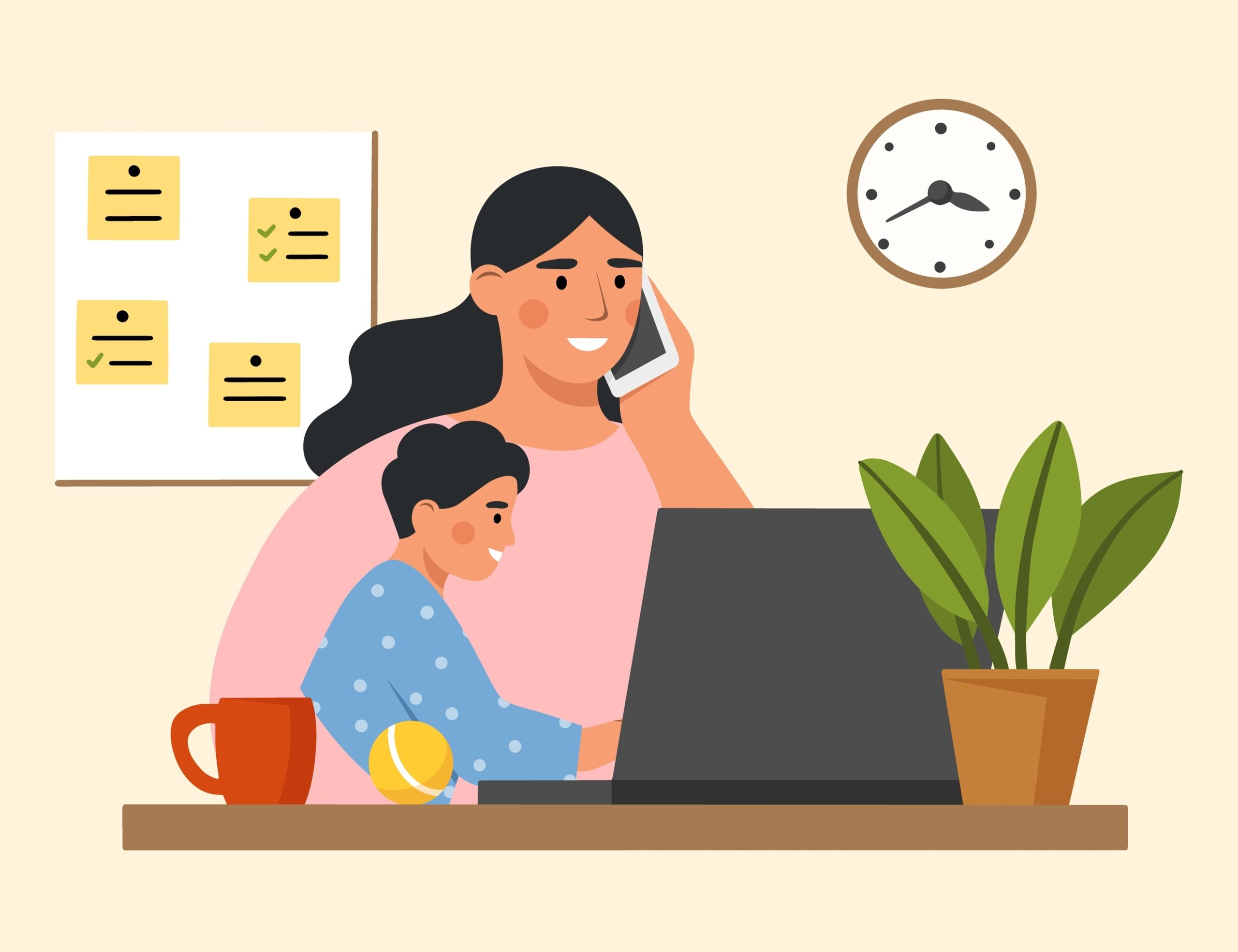


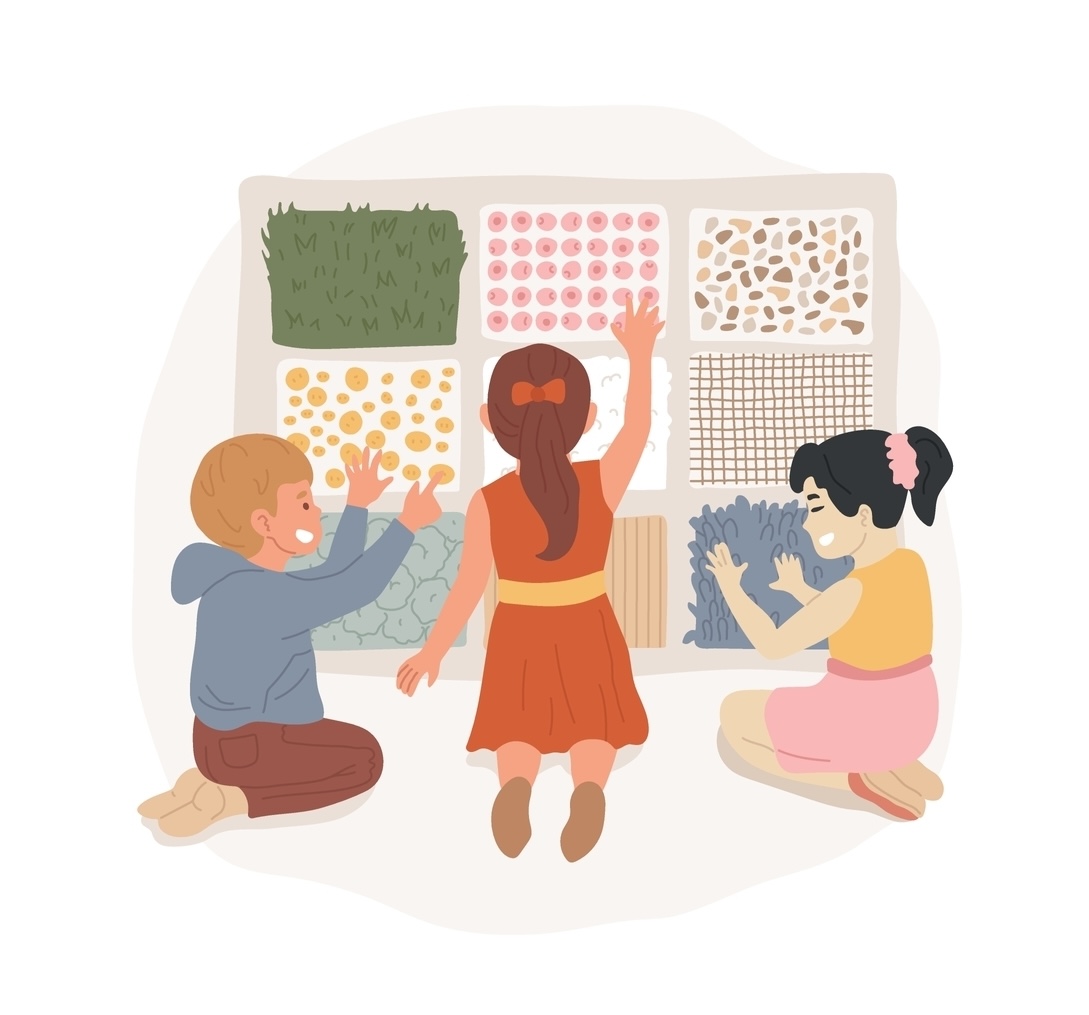



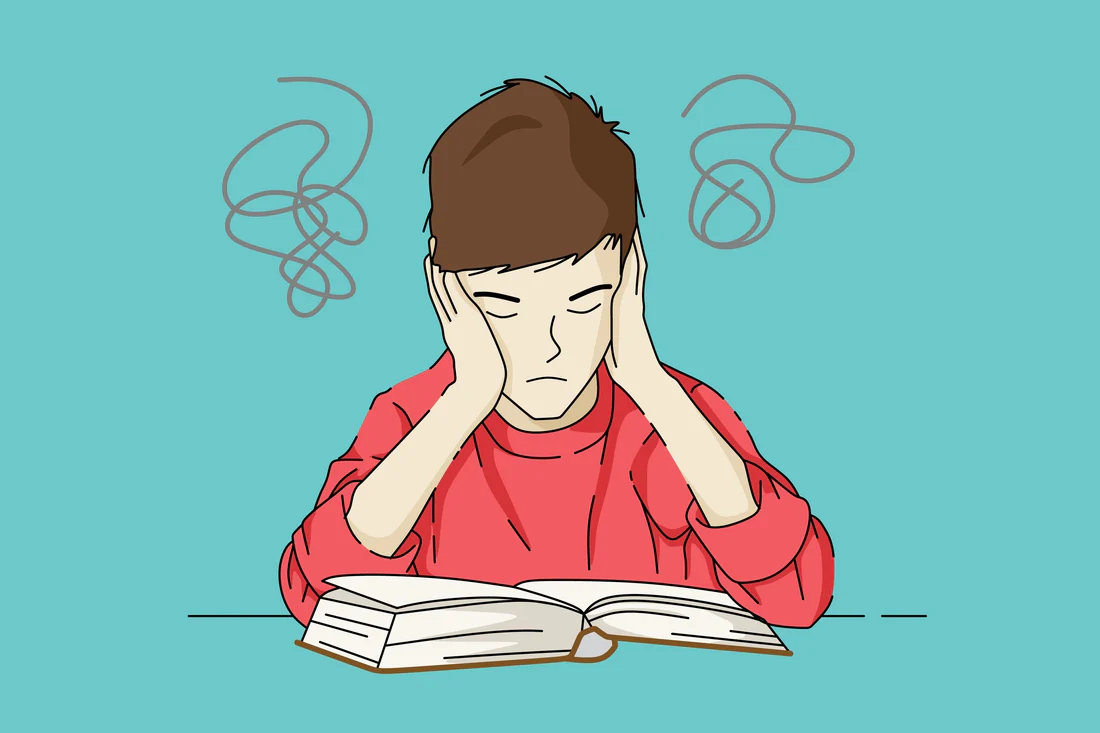



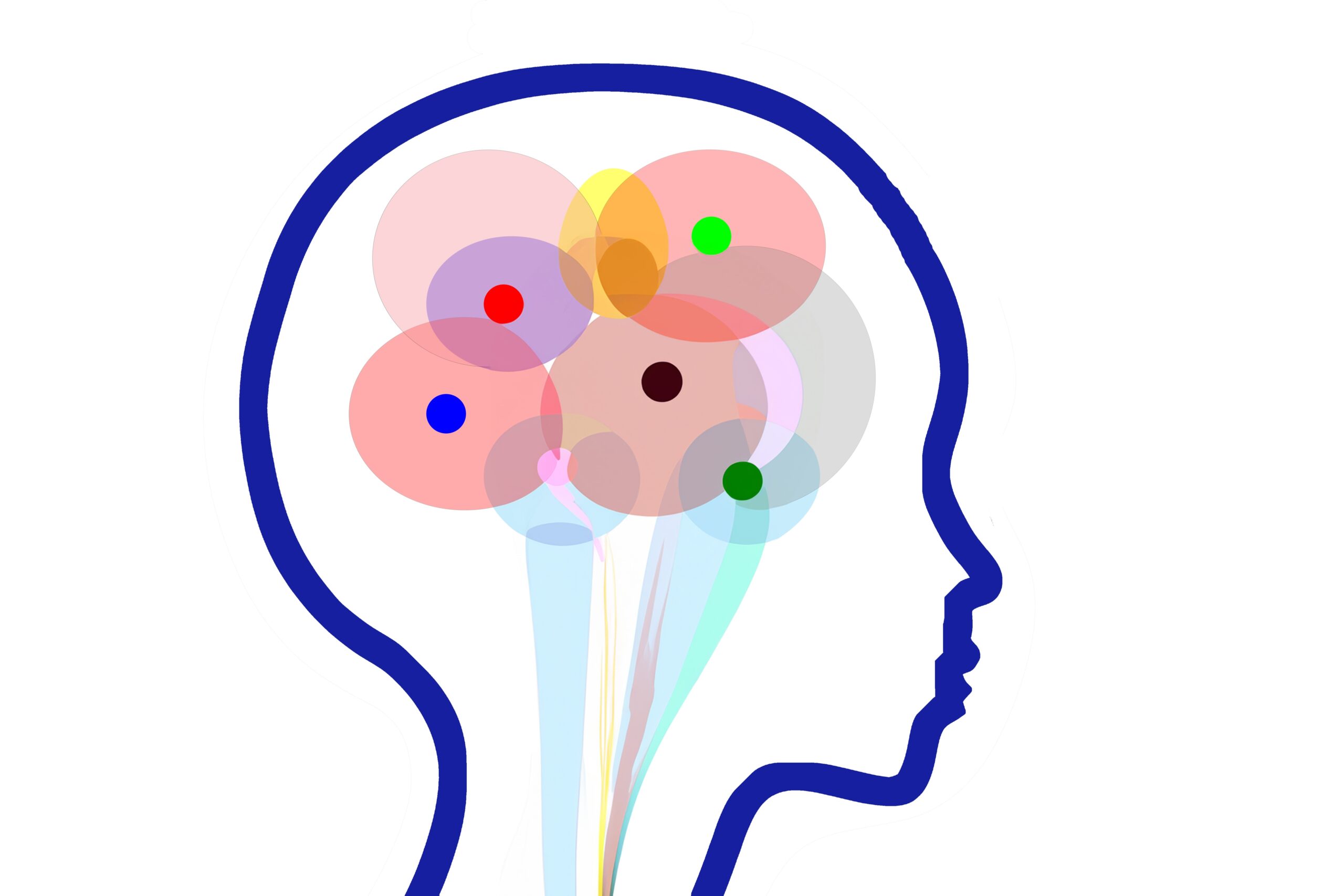
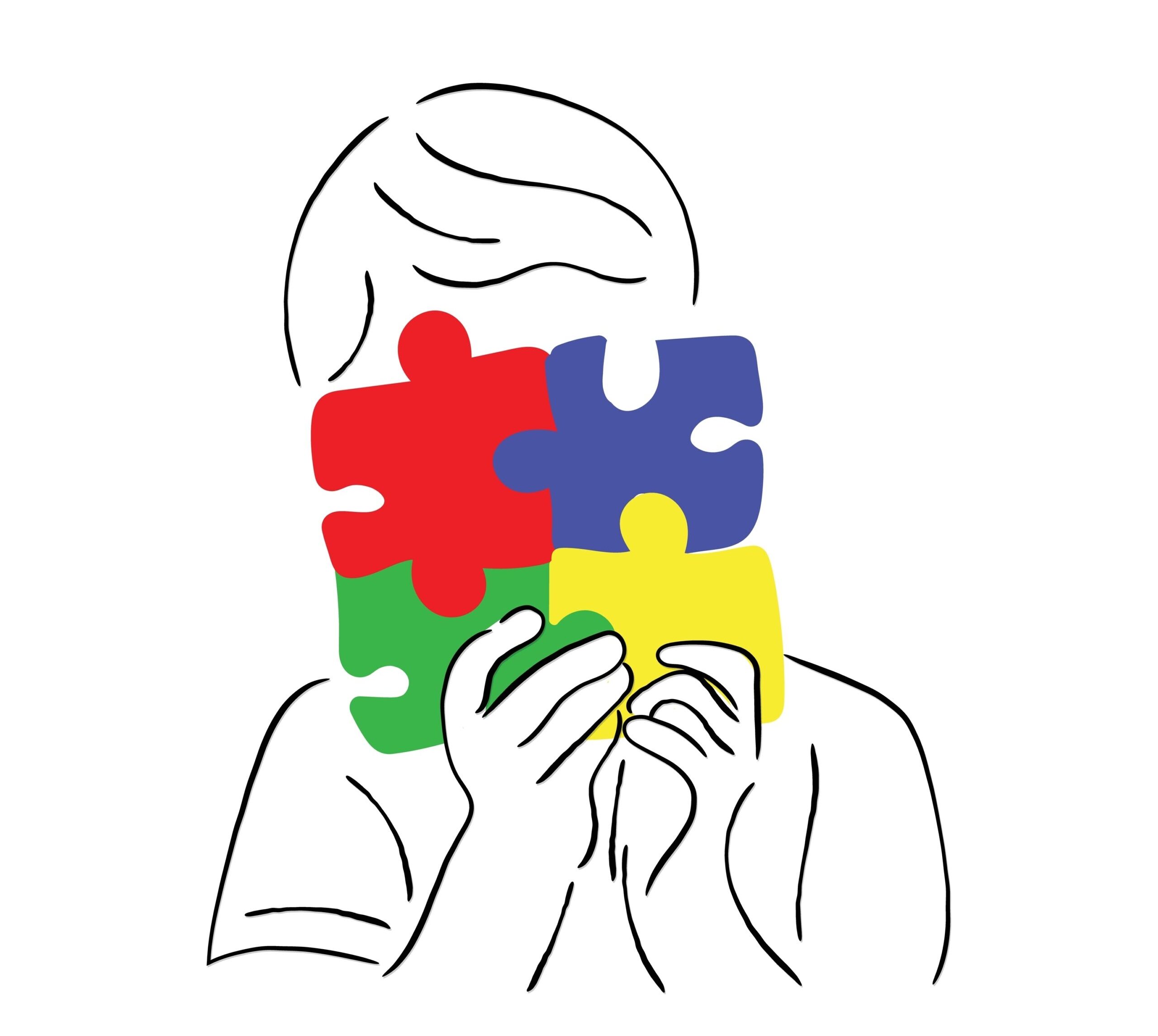
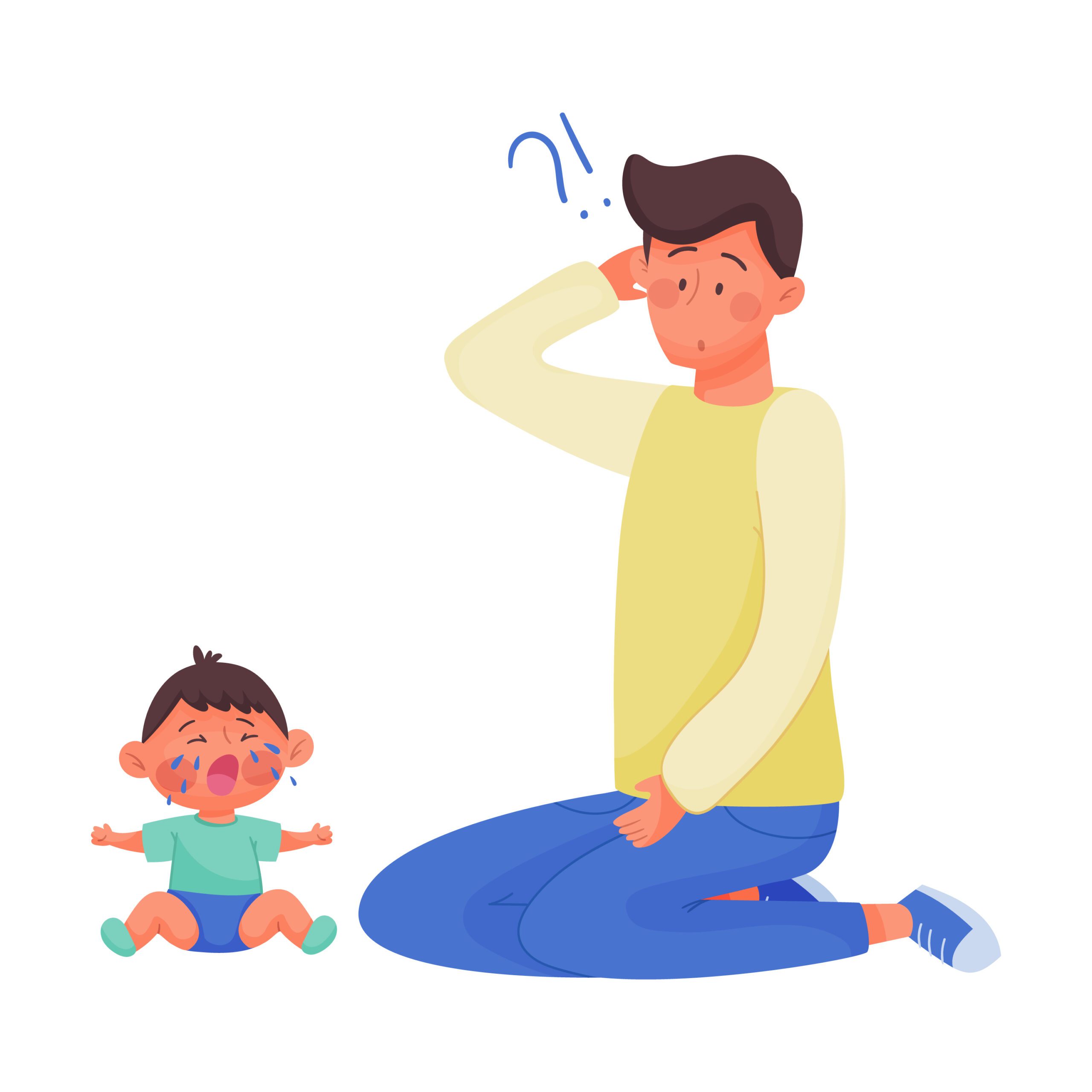

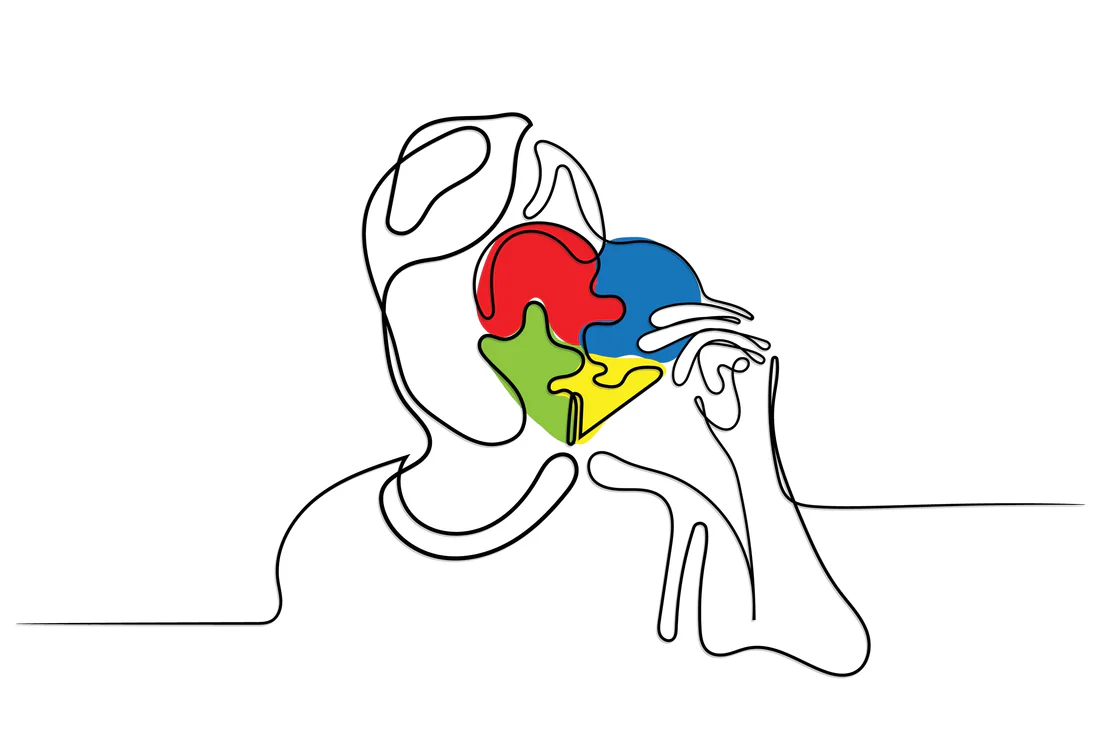










 Speech Therapy
Speech Therapy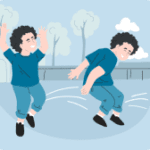 Physical Therapy
Physical Therapy Occupational Therapy
Occupational Therapy




